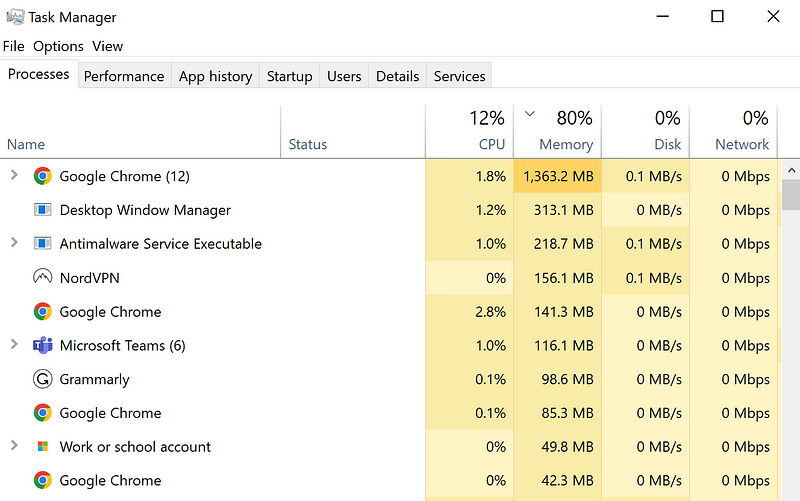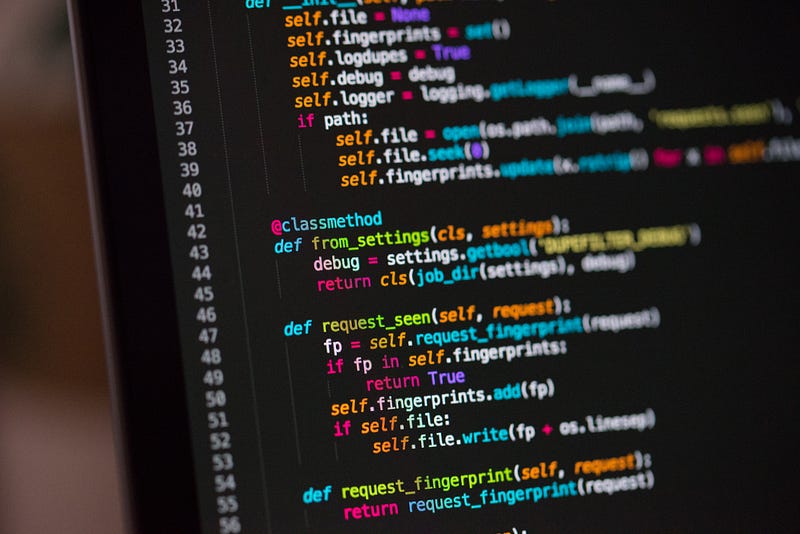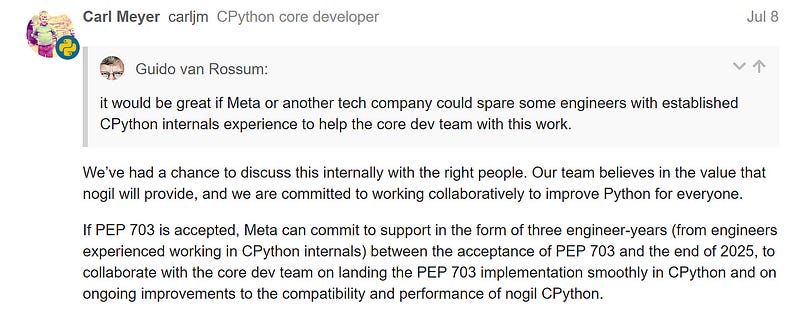Understanding GIL: Challenges in Scaling Python Applications
Written on
Chapter 1: The Necessity of Scaling Applications
In today's fast-paced environment, scaling applications is essential. As the user base of an application can grow rapidly, developers must design systems capable of handling increasing requests per minute. However, before delving into scalability, it's important to grasp some fundamental computer science concepts.
Section 1.1: Understanding Processes
A process refers to an active instance of a program or application. Multiple instances (processes) of the same program can run simultaneously, all managed by the operating system.

Section 1.2: The Role of Threads
A thread represents the actual execution of instructions within a process. Each process typically contains at least one thread executing its commands.
Subsection 1.2.1: What is Multi-threading?
Multi-threading occurs when several threads work together within a process to execute instructions in parallel. These threads share various attributes, including state information and memory.
Chapter 2: Approaches to Scaling Applications
Let's explore several strategies for scaling applications.
Section 2.1: Single-Threaded Applications
In this model, an application utilizes a single thread for execution.
Section 2.2: Multi-Threaded Applications
This architecture allows an application to leverage multiple CPU cores to run several threads concurrently, enhancing computational efficiency and reducing execution time. However, this method has its limitations; there's a ceiling on processing power upgrades, which can become costly.

Section 2.3: Distributed Applications
This approach entails using multiple interconnected computer systems (servers) to manage workloads more effectively.
If you're new to distributed systems, consider reading more on the topic.
The first video titled "Understanding the Python GIL" provides insights into how the Global Interpreter Lock affects the performance of Python applications.
Chapter 3: The Challenges of Multi-Threading in Python
Let's explore a practical example of multi-threading with a countdown function.
This function typically takes 1.946 seconds to complete. However, when we implement multi-threading, we might expect it to run significantly faster.
Surprisingly, it doesn't perform as anticipated, and the culprit is the Python GIL (Global Interpreter Lock).
Section 3.1: What is CPython?
CPython is the predominant implementation of Python, written in both C and Python. It compiles Python code into bytecode and uses the GIL for each interpreter process.

Section 3.2: Understanding the GIL
The GIL is a mutex lock that prevents multiple threads from executing Python bytecode simultaneously, thereby avoiding race conditions.

Section 3.3: The Implications of GIL
Applications can be categorized into two main types of operations: CPU-bound and I/O-bound.
- CPU-bound operations require significant computational resources, like complex mathematical calculations.
- I/O-bound operations depend on the time spent waiting for input/output, such as database queries or network communications.
While multi-threading can still be feasible for I/O-bound tasks, GIL becomes problematic in CPU-intensive contexts.
The second video titled "Inside the Python GIL" dives deeper into how GIL affects concurrent execution in Python.
Section 3.4: Visualizing GIL's Impact
Dave Beazley illustrates how two CPU-bound threads operate on a single core versus multiple cores, highlighting the inefficiencies introduced by the GIL.

Section 3.5: Why the GIL Exists
The GIL was created for several reasons:
- It simplifies implementation while ensuring thread safety and preventing race conditions.
- It enhances the performance of single-threaded applications.
- It facilitates seamless integration with many C libraries that lack thread safety.
Section 3.6: Potential Solutions
To mitigate GIL's constraints, developers can consider alternative Python implementations that do not use GIL, such as Jython or IronPython. Another viable approach is to utilize multiple processes, rather than threads, for application scaling, employing Python's multiprocessing package.
For more ambitious solutions, discussions are ongoing about completely removing the GIL from CPython, an initiative informally dubbed "Gilectomy." This project faces numerous challenges and requirements, which are documented in various resources.

Recent developments indicate that Meta is working on an option to make the GIL optional in CPython, as outlined in PEP 703.
References
Thank you for reading this article! Your engagement is greatly appreciated!